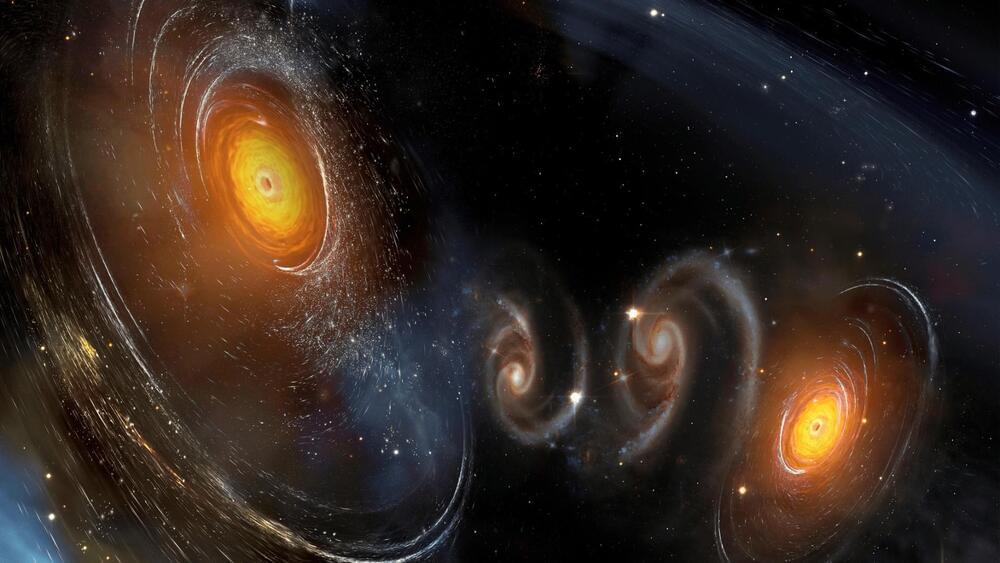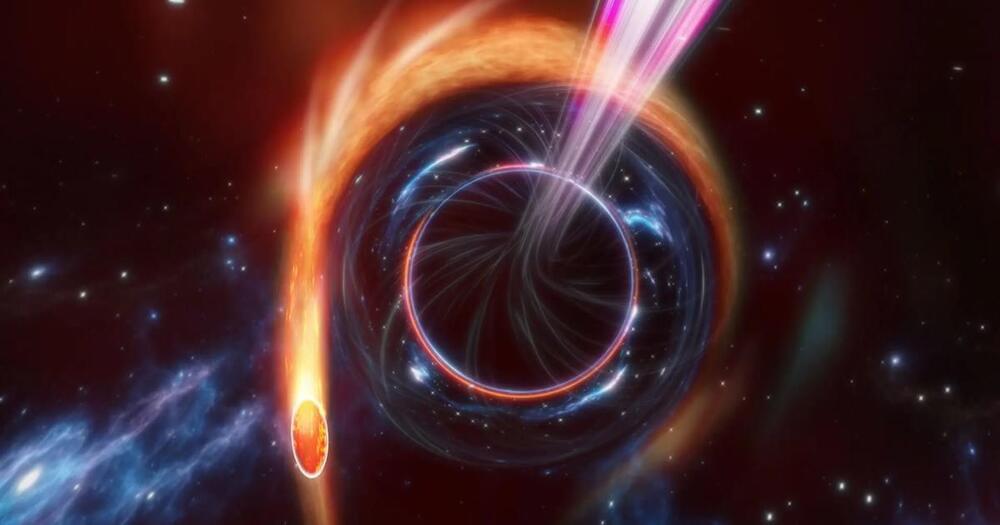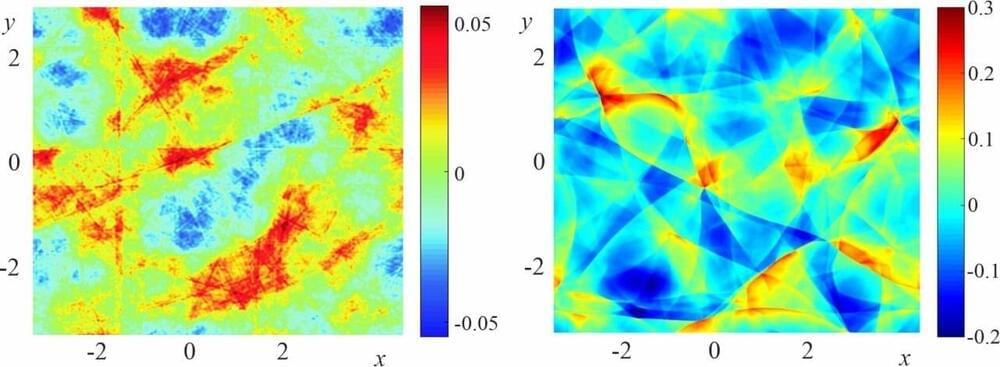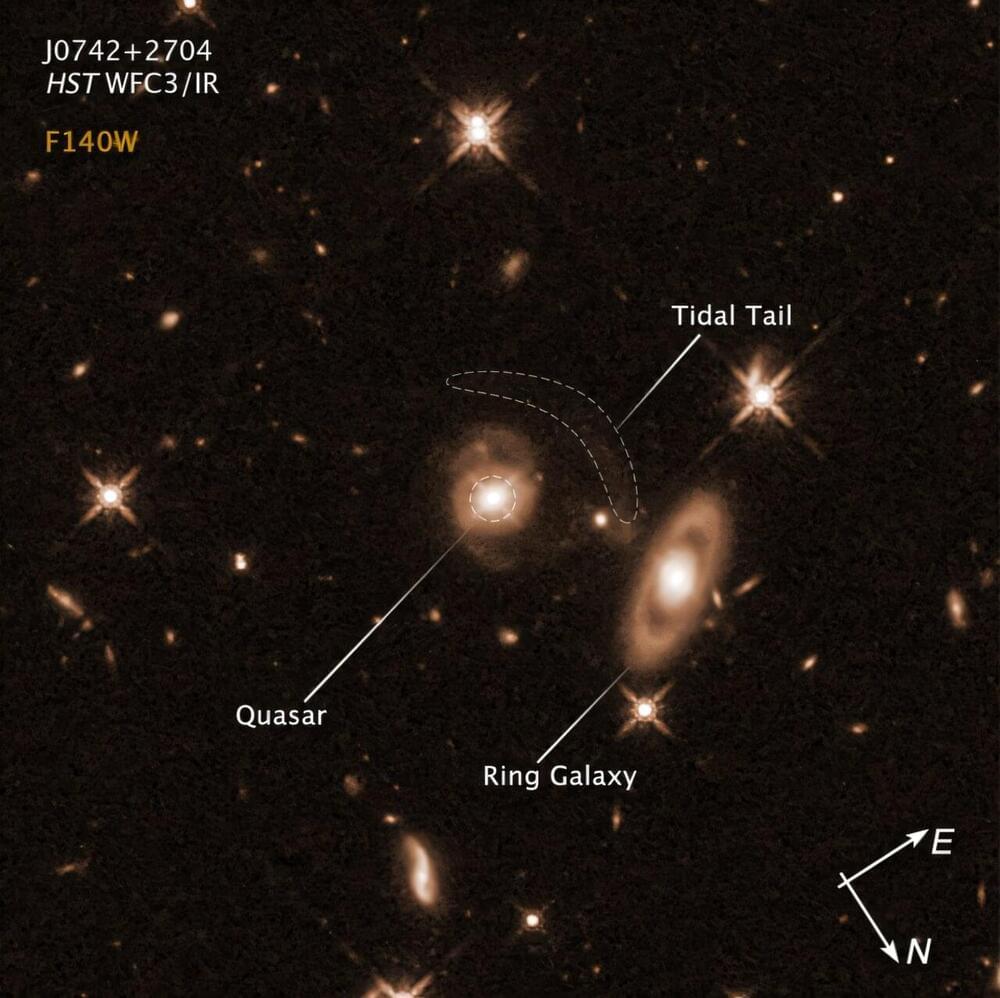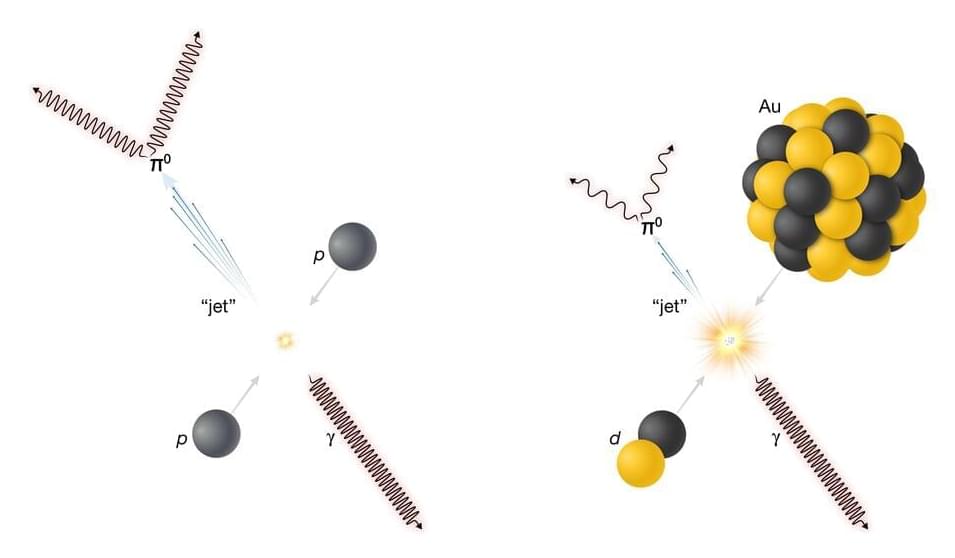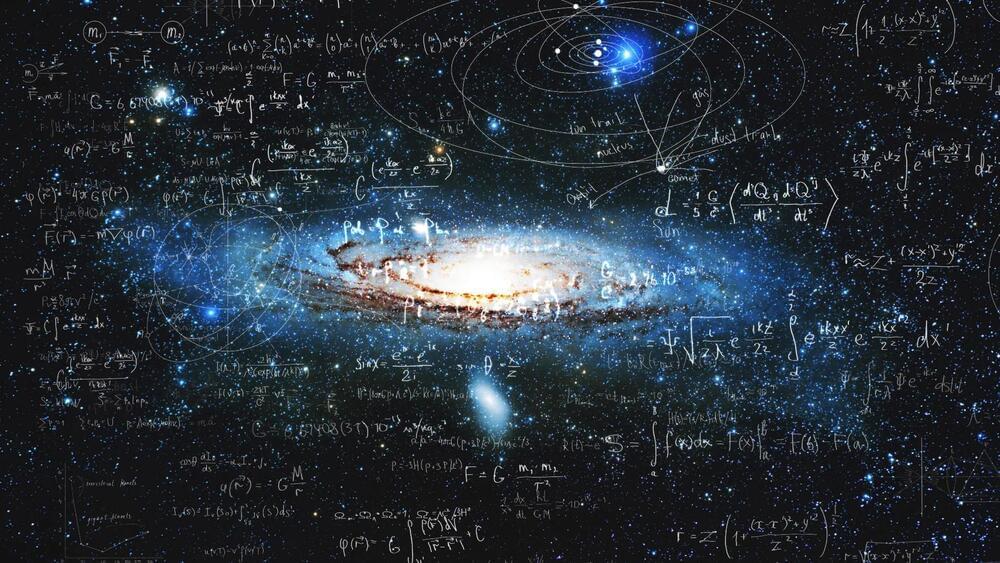CERN discovers antihyperhelium-4, the heaviest antimatter particle to date.
Scientists at CERN’s Large Hadron Collider have discovered the heaviest antimatter particle ever observed: antihyperhelium-4.
This exotic particle, the antimatter counterpart of hyperhelium-4, contains two antiprotons, an antineutron, and an antilambda particle. The breakthrough offers insights into the extreme conditions of the early universe and sheds light on the baryon asymmetry problem — why our universe is dominated by matter despite matter and antimatter being created in equal amounts during the Big Bang.
The discovery was made using lead-ion collisions at the LHC, recreating the hyper-hot environment of the newborn universe. Machine learning models analyzed the data, identifying antihyperhelium-4 particles and precisely measuring their masses.
While the experiment confirmed that matter and antimatter are created in equal portions, the mystery of what tipped the cosmic balance remains unsolved. With ongoing upgrades to the LHC, more groundbreaking discoveries in antimatter research could be on the horizon.
Illustration of the production of antihyperhelium-4 (a bound state of two antiprotons, an antineutron and an antilambda) in lead–lead collisions. (Image: J. Ditzel with AI-assistance) Collisions between heavy ions at the Large Hadron Collider (LHC) create quark–gluon plasma, a hot and dense state of matter that is thought to have filled the Universe around one millionth of a second after the Big Bang. Heavy-ion collisions also create suitable conditions for the production of atomic nuclei and exotic hypernuclei, as well as their antimatter counterparts, antinuclei and antihypernuclei. Measurements of these forms of matter are important for various purposes, including helping to understand the formation of hadrons from the plasma’s constituent quarks and gluons and the matter–antimatter asymmetry seen in the present-day Universe.
